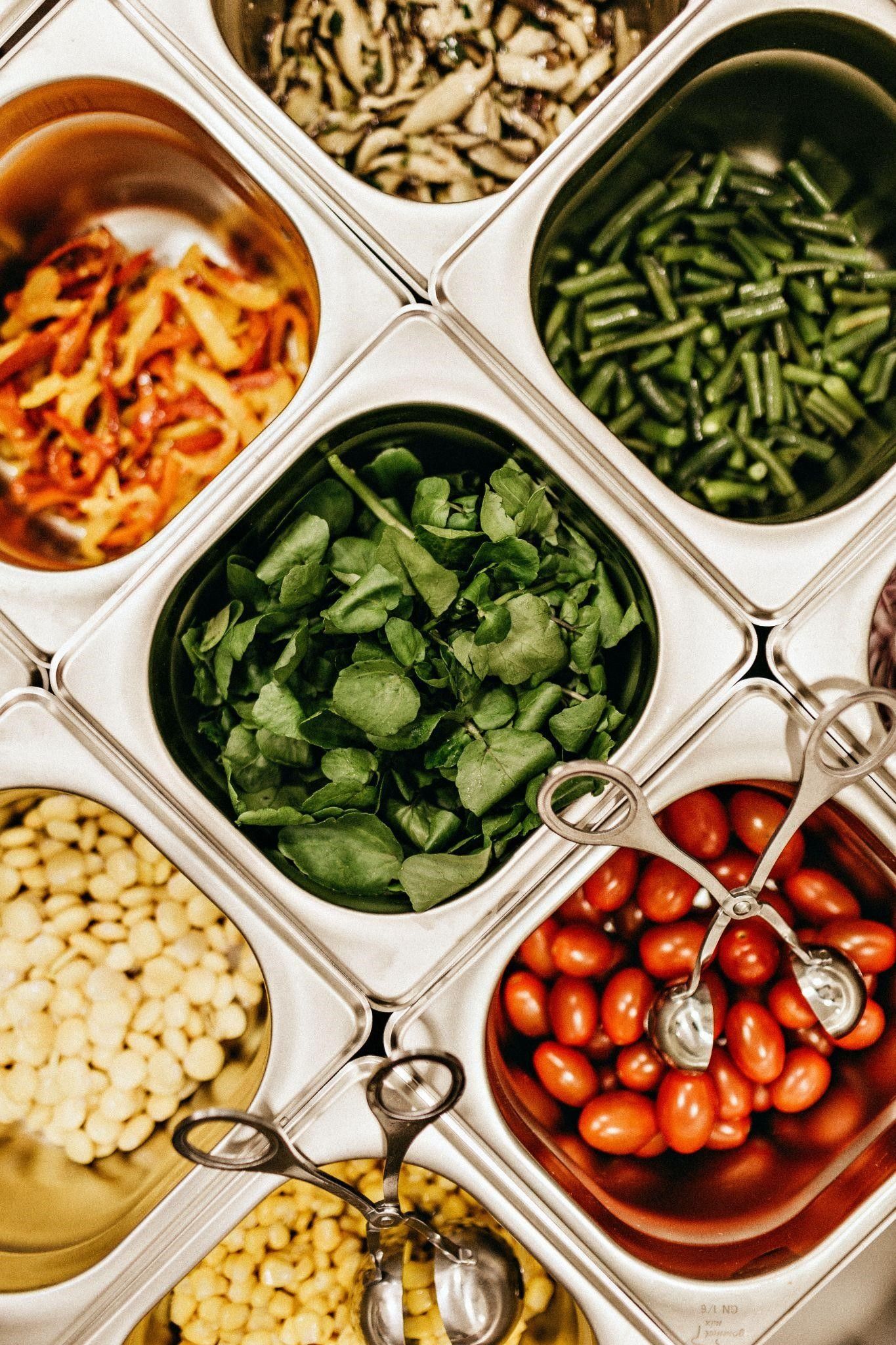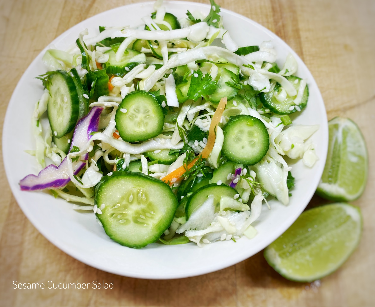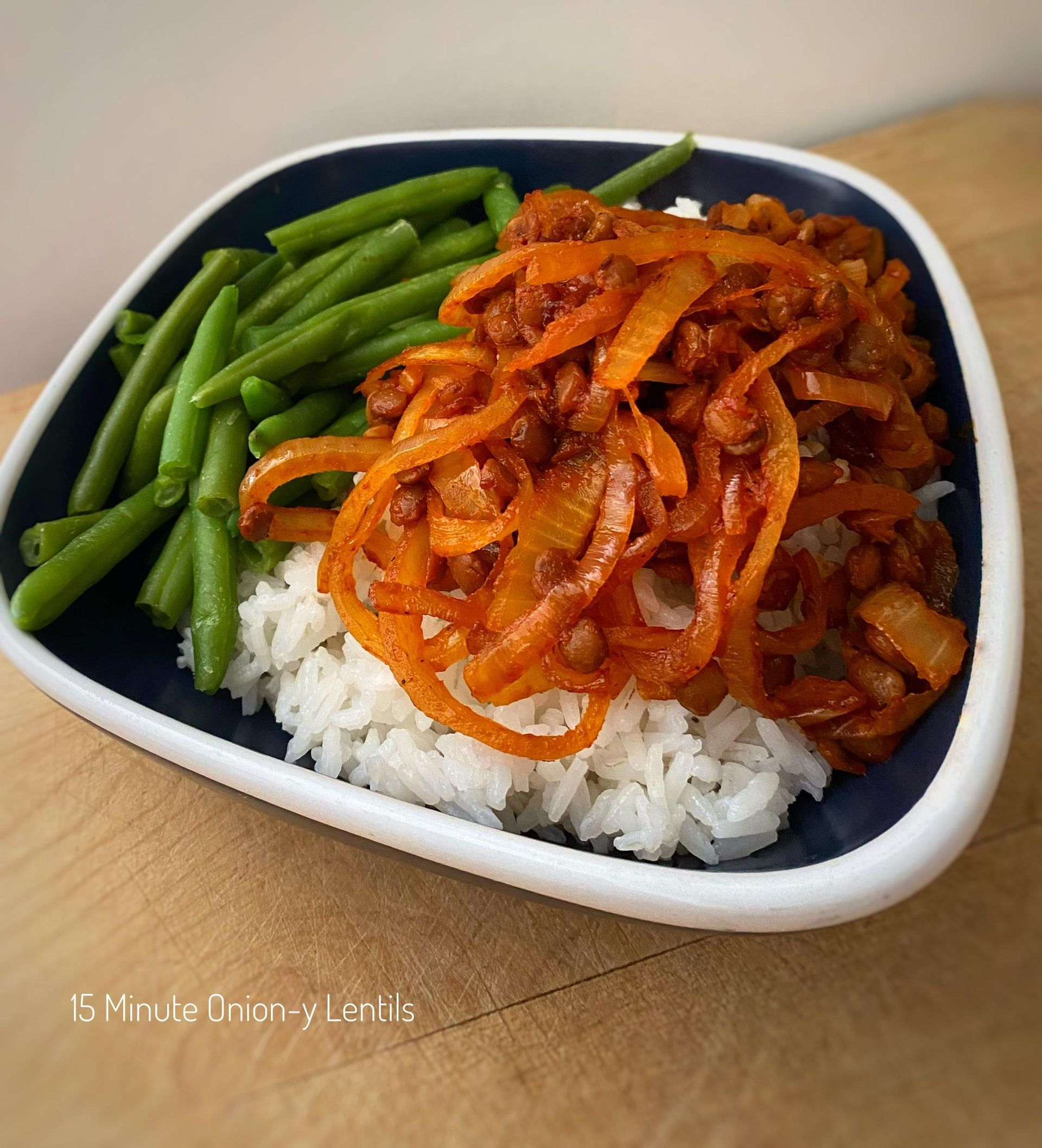Highlights of School Lunch Nutrition Standards

As the back-to-school season starts, it brings the excitement of learning new things and having new adventures, and, hopefully, the promise of cooler weather. For many students, it also means school lunch.
The National School Lunch Program started in 1946 and is a federal program designed to provide nutritionally balanced, affordable (and sometimes free) meals to children during the school day. Many schools offer breakfast as well as lunch as an additional attempt to nourish growing minds. Unfortunately, despite the good intentions of the program, school lunches can have a negative reputation.
While any menu is likely to meet criticisms from some participants (it’s like the saying “Can’t please everyone”), school menus are very strategic in how they are planned because they are required to provide certain nutrients and specific servings of each food group while staying under the limit for other nutrients like saturated fat and sodium. Beyond the basic meal requirements, schools want to provide meals that appeal to children and taste good. A ton of creativity and planning goes into each school menu and, in my experience, food service directors work very hard to develop meals that combine all of these components.
Curious about the current specifications that go into a school lunch menu? I’ve listed them below, but in general, meals will include a variety of foods from each food group each day.
Fruit: Minimum of ½ cup per day for students grade 8 and under, minimum of 1 cup for students grade 9 and up. If juice is offered, it must be 100% juice (no added sugar) and must represent no more than half of the week’s fruit offering.
Vegetables: Minimum of ¾ cup per day for students grade 8 and under, minimum of 1 cup for students grade 9 and up. Each week dark green, red/orange, legumes, and starchy vegetables are offered to provide a wide variety of nutrients.
Grains: Minimum of 1 oz per day for students grade 8 and under, minimum of 2 oz per day for students grade 9 and up. Each week 80% of the grains offered must be whole-grain rich and any grain product not meeting this standard must be enriched with additional vitamins and minerals.
Protein: Minimum of 1 oz per day for students grade 8 and under, minimum of 2 oz per day for students grade 9 and up.
Milk: Minimum of 1 cup of 1% or fat-free milk offered each day.
Additional nutrients: The meal average must also meet low saturated fat and sodium requirements, reflecting the Dietary Guidelines for Americans.
Want to learn more about school meals? Visit https://www.fns.usda.gov/nslp.
The body content of your post goes here. To edit this text, click on it and delete this default text and start typing your own or paste your own from a different source.












